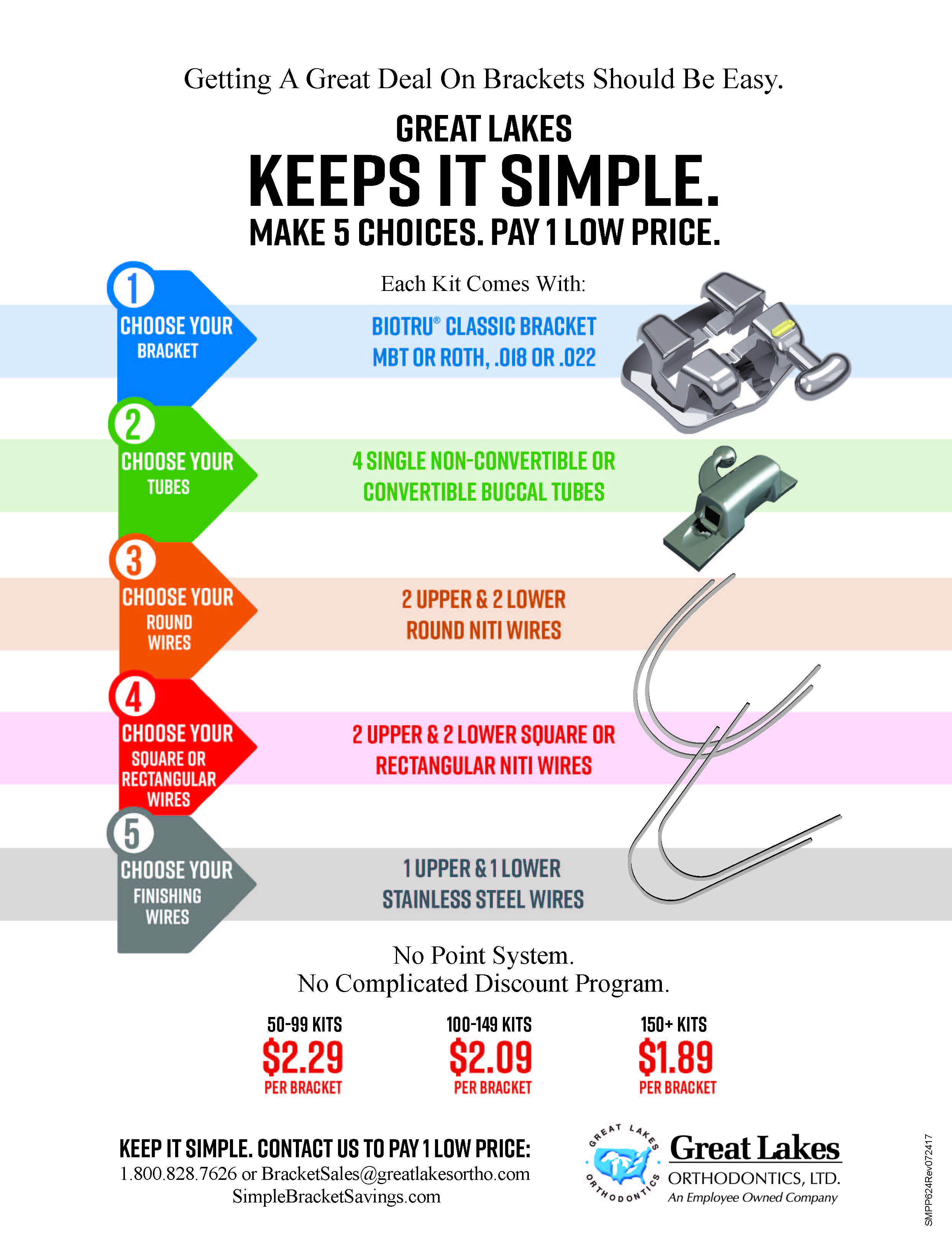2021 JCO Orthodontic Practice Study Part 2: Practice Success
A number of years ago, when I was graduate program director in a large orthodontic department, I had the task of orienting a new clinical professor. He was a highly experienced and well-respected Tweed practitioner who had been recruited specifically to teach the Tweed technique. Like most orthodox Tweed practitioners I know, he was an incredible orthodontist and a dedicated, natural-born clinical teacher. And like most other excellent clinical orthodontists, he was extremely demanding in all aspects of practice and teaching, including equipment, supplies, scheduling, ad infinitum. Idealistic perfectionism permeated every aspect of his life; quite naturally, he tried to extend that perfectionism to the selection of cases he would accept for teaching purposes.
Similar articles from the archive:
This new faculty member wanted only what he called “exemplar” Class II, division 1 extraction cases to maximize the benefits of his experience with the Tweed technique. He felt—and I agreed—that the students would learn the most about Tweed mechanics if his teaching cases were virtually all Class II, division 1. He could compromise just a little and accept Class I crowded cases. In his ideal universe, there would be an unlimited number of these teaching cases available in our orthodontic patient pool that we could use for student training. Unfortunately, I had to point out to our new faculty member that we were not living in an ideal universe, and that a number of patients seek orthodontic care for malocclusions that might not be considered Class I or Class II extraction cases.
In real life, there is no such thing as an “exemplar” malocclusion. More often than not, some complicating feature—impaction, crossbite, or the like—will prevent a case from being considered exemplary within its Angle classification. This issue of JCO presents an interesting article from a group of authors in Nanjing, China, dealing with one of the most challenging complications we face in everyday practice: transposition. Dental transposition is defined as “a disturbance of tooth eruption involving a change in the position of two adjacent teeth within the same quadrant.”1 Although they’re not very common,2 transpositions occur frequently enough that every practicing orthodontist needs to develop appropriate and effective mechanisms for dealing with them.
Almost serendipitously, as I began to write this editorial, a new patient presented in my own practice with a transposed upper left lateral incisor and canine. In years past, I would have taken periapical and occlusal radiographs, in addition to the customary panoramic x-ray, to help me develop a sound approach for dealing with the transposition. Once it was properly diagnosed, I would have sought the best sources of torque control and anchorage available to me—perhaps involving a transpalatal appliance or the establishment of root-tip anchorage—before moving the involved teeth past each other and into their appropriate positions in the arch, probably using power chains or elastic thread to supply the appropriate forces.
In this month’s Case Report, Drs. Cheng, Gu, Zhang, and Zhao were faced with a situation requiring orthodontic management of a maxillary left central-lateral incisor transposition associated with a root dilaceration and a horizontal impaction of the central incisor, the transposed crown of which was level with the apex of the lateral incisor and positioned distally. Their approach to the diagnosis and treatment of this particularly difficult transposition involved more contemporary techniques than I described above, including cone-beam computed tomography and miniscrew anchorage. While this was far from an “exemplary” malocclusion, I think you will find much to learn from the authors’ treatment strategy and their outstanding results.
RGK
REFERENCES
- 1. Nambiar, S.; Mogra, S.; and Shetty, S.: Transposition of teeth: A forensic perspective, J. Forensic Dent. Sci. 6:151-153, 2014.
- 2. Shapira, Y. and Kuftinec, M.M.: Tooth transpositions—a review of the literature and treatment considerations, Angle Orthod. 59: 271-276, 1989.


